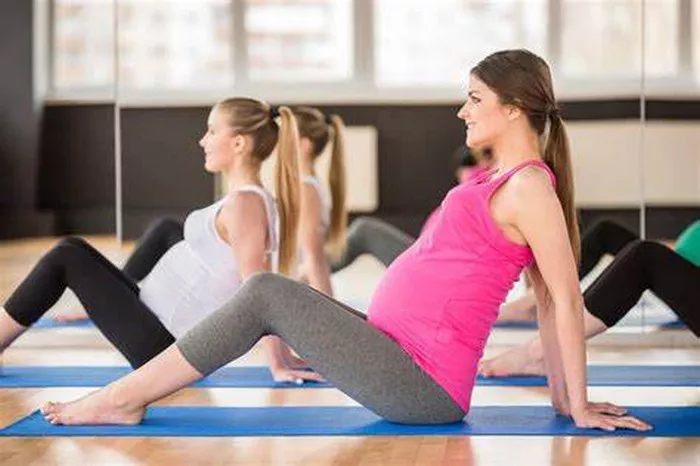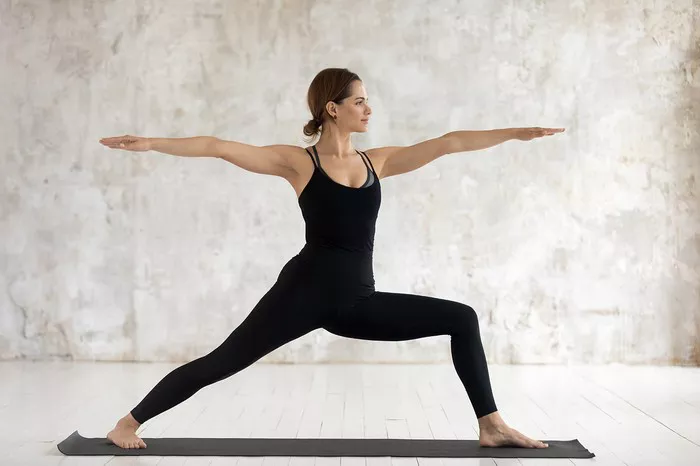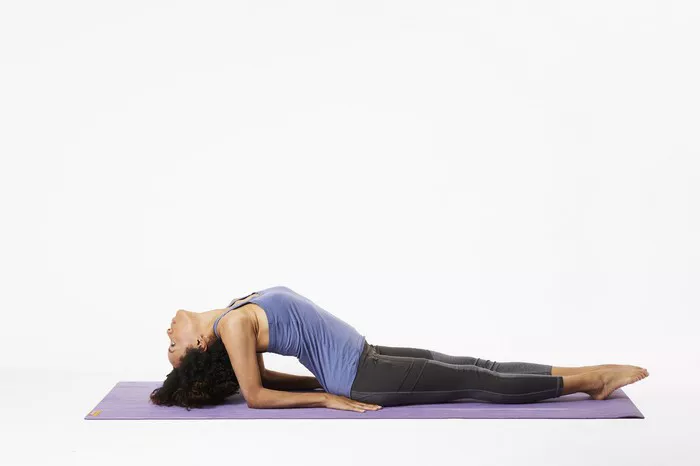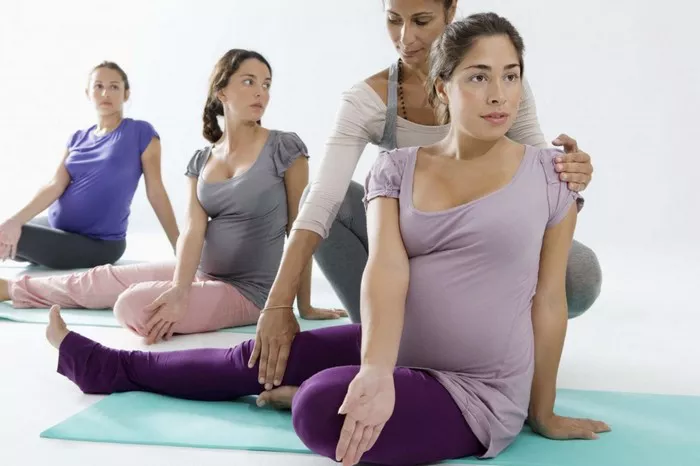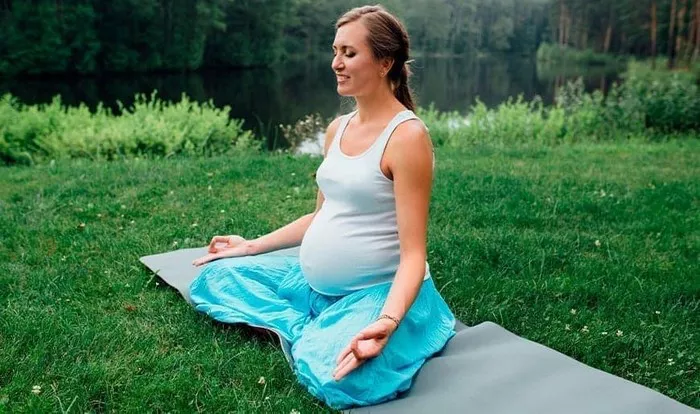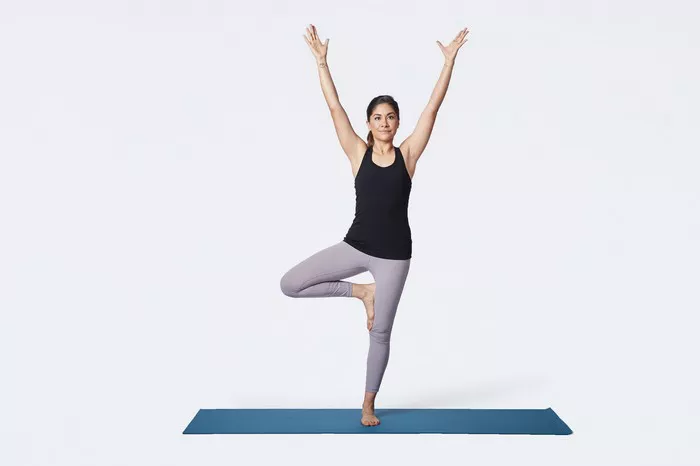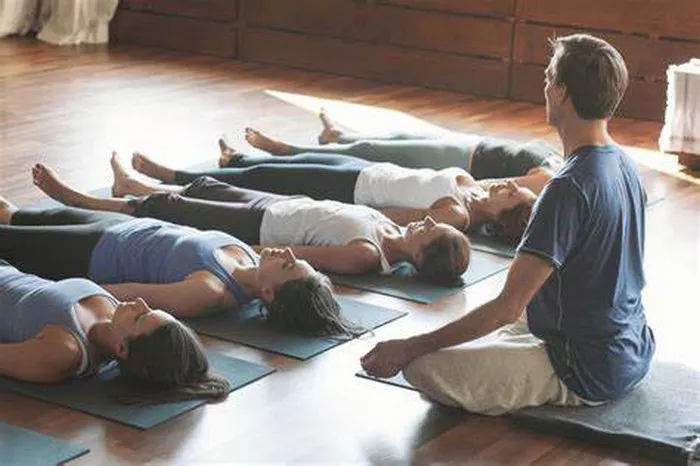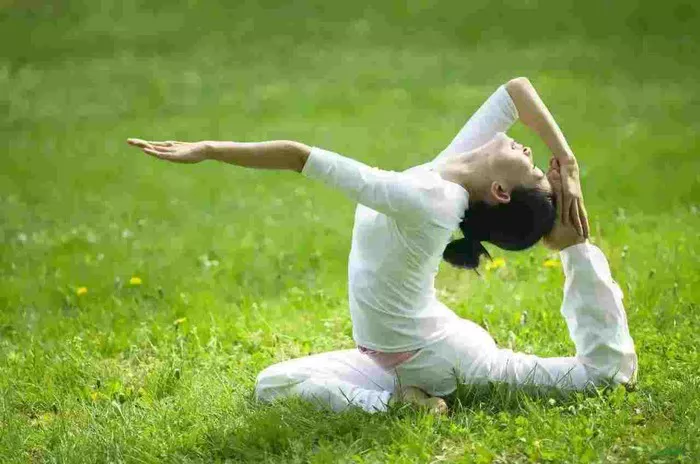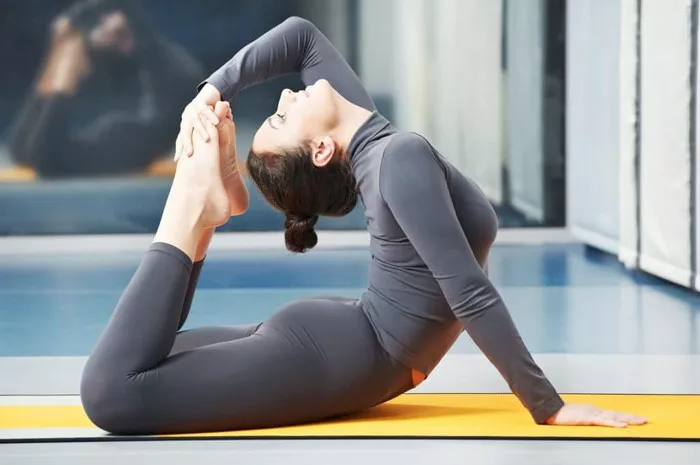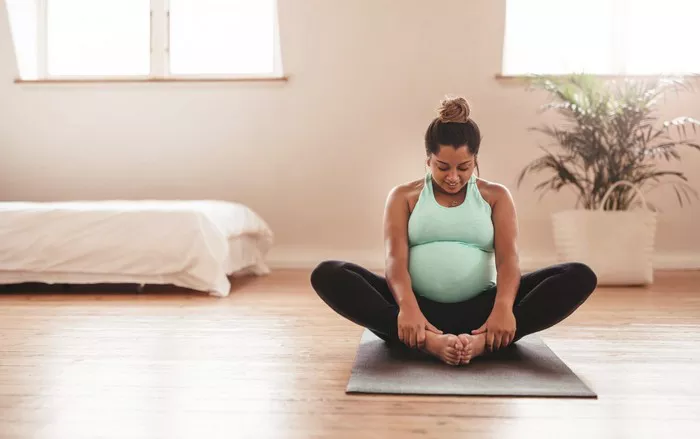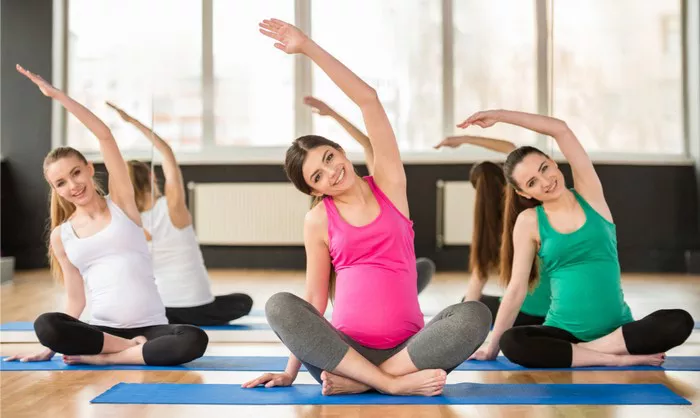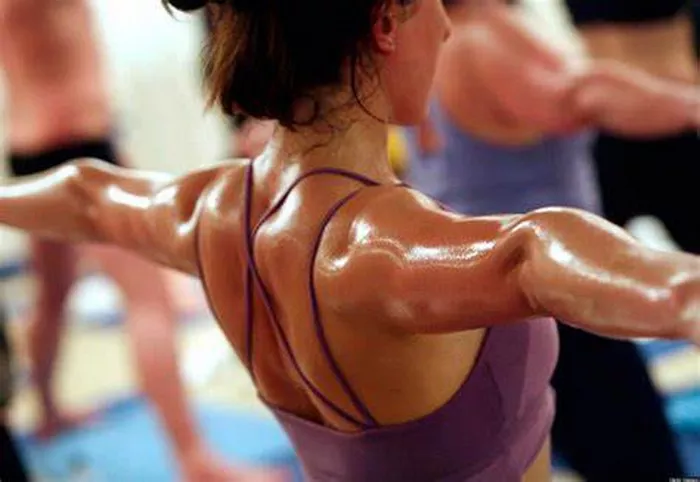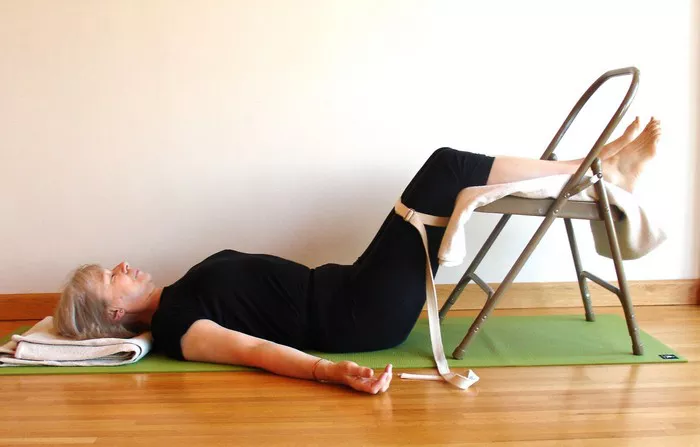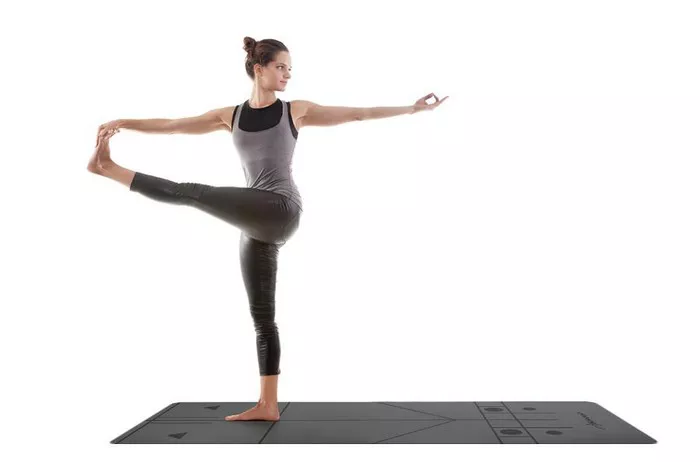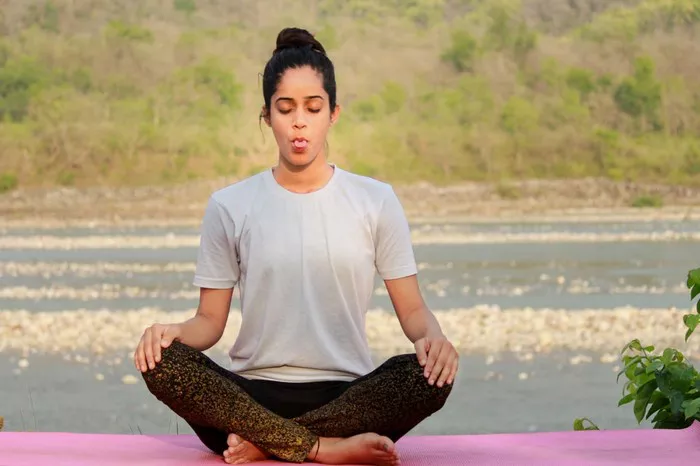Chaturanga Dandasana, often simply referred to as Chaturanga, is a fundamental and pivotal pose in Ashtanga Yoga. It is a four – limbed staff pose that demands strength, stability, and proper alignment. In Ashtanga, Chaturanga serves as a crucial link between postures, acting as a transition that synchronizes movement with breath.
The Anatomy of Chaturanga
Muscular Engagement: In Chaturanga, the triceps, anterior deltoids, and pectoralis major muscles in the arms and chest are intensely activated. The core muscles, particularly the rectus abdominis and obliques, contract to keep the body in a straight line from head to heels, preventing the hips from sagging or lifting. The back muscles, such as the latissimus dorsi, also play a role in maintaining the stability of the pose.
Alignment Principles: Proper alignment in Chaturanga is essential to avoid injuries. The elbows should be kept close to the body, ideally at a 45 – degree angle, and the shoulders should be stacked over the wrists. The body should remain parallel to the floor, with the gaze directed slightly forward. Any deviation from this alignment can place excessive stress on the joints, especially the shoulders and wrists.
Chaturangas in the Primary Series: The Foundation Layer
The Primary Series of Ashtanga Yoga, also known as Yoga Chikitsa or the Therapeutic Yoga, is where practitioners first encounter the repetitive use of Chaturanga. This series is designed to purify the body and build a solid foundation of strength and flexibility.
Counting the Chaturangas
Sun Salutations: The Primary Series begins with a set of Sun Salutations (Surya Namaskar), which are a sequence of postures that incorporate Chaturanga. In each traditional Sun Salutation A, there are two Chaturangas, and in Sun Salutation B, there are five Chaturangas. Typically, practitioners start the Primary Series with 5 – 10 rounds of Sun Salutations, which means they can perform anywhere from 10 – 50 Chaturangas right at the start of the practice, depending on the number of rounds.
Post – Sun Salutation Sequence: After the Sun Salutations, the Primary Series continues with a series of standing postures, seated postures, twists, and backbends. Each time the practitioner moves from a standing or seated posture to a plank – like position and then lowers down into Chaturanga (such as when transitioning from Warrior I to Chaturanga), a Chaturanga is performed. In the entire Primary Series, excluding the Sun Salutations, there are approximately 15 – 20 Chaturangas, depending on the specific variations and the teacher’s instructions.
Total in the Primary Series: Combining the Chaturangas from the Sun Salutations and the rest of the sequence, the total number of Chaturangas in the Primary Series of Ashtanga Yoga can range from 25 – 70, depending on the number of Sun Salutation rounds and the specific flow of the practice.
Chaturangas in the Intermediate Series: Stepping Up the Challenge
The Intermediate Series, or Nadi Shodhana, focuses on further purifying the energy channels (nadis) of the body. As the complexity of the postures increases, so does the role and quantity of Chaturangas.
Quantity and Significance
Increased Frequency: In the Intermediate Series, the number of Chaturangas is higher compared to the Primary Series. The more dynamic and flowing nature of the sequence requires practitioners to move in and out of Chaturanga more often. Similar to the Primary Series, the Intermediate Series usually starts with a set of Sun Salutations, contributing a base number of Chaturangas. After the Sun Salutations, the intricate postures and transitions, such as those involving backbends and inversions, demand frequent use of Chaturanga as a transition pose.Overall, the Intermediate Series can have around 30 – 40 Chaturangas, excluding the ones from the Sun Salutations. When including the Sun Salutations, the total number can range from 40 – 90 Chaturangas, depending on the number of Sun Salutation rounds.
Strength and Endurance Building: The higher quantity of Chaturangas in the Intermediate Series is crucial for building advanced levels of strength and endurance. The repeated lowering and holding of the body in Chaturanga challenges the muscles to adapt and grow stronger, preparing the practitioner for the more advanced postures in the series.
Chaturangas in Advanced Series: The Pinnacle of Practice
The Advanced Series of Ashtanga Yoga is divided into several levels, each presenting unique and highly challenging postures. Chaturangas in these series play a vital role in maintaining the integrity of the practice flow.
Advanced Chaturanga Dynamics
Varying Quantities: The number of Chaturangas in the Advanced Series can vary significantly depending on the specific level. In the earlier stages of the Advanced Series, the quantity might be similar to or slightly higher than the Intermediate Series, with around 30 – 50 Chaturangas (excluding Sun Salutations).As practitioners progress to the more advanced levels, the focus shifts more towards the complex postures themselves, and while Chaturangas are still an important part of the transitions, their quantity might decrease slightly. However, the intensity and difficulty of performing Chaturangas in these advanced postures increase, as they often require more precise alignment and control.
Precision and Control: In the Advanced Series, Chaturangas are not just about strength; they demand a high level of precision and control. The postures are so intricate that even a minor misalignment in Chaturanga can disrupt the entire flow of the practice. Practitioners need to have a deep understanding of the pose’s anatomy and alignment principles to execute Chaturangas effectively and safely.
Factors Influencing the Number of Chaturangas
Several factors can affect the actual number of Chaturangas performed in an Ashtanga Yoga practice.
Teacher’s Instructions
Style and Emphasis: Different Ashtanga teachers may have varying instructions regarding the number of Chaturangas. Some teachers may emphasize a more dynamic practice with a higher number of Chaturangas, while others may focus on the quality of each Chaturanga and reduce the quantity. The teacher’s personal style, experience, and the specific goals they have for their students can all influence how many Chaturangas are included in the practice sequence.
Modifications and Adjustments: Teachers may also provide modifications and adjustments for students based on their individual needs. For example, students with shoulder or wrist injuries may be instructed to perform a modified version of Chaturanga or skip certain Chaturanga transitions altogether, which can alter the total number of Chaturangas in their practice.
Individual Practice Variations
Fitness Level and Goals: A practitioner’s fitness level and personal goals can impact the number of Chaturangas they perform. Those with higher fitness levels and a goal of building more strength and endurance may choose to add extra rounds of Sun Salutations or perform additional Chaturanga transitions within the sequence. On the other hand, beginners or those focusing on gentle practice may perform fewer Chaturangas to avoid overexertion.
Practice Rhythm: Each practitioner has their own natural rhythm and pace of practice. Some may move more quickly through the sequence, performing more Chaturangas in a shorter period, while others may take more time and perform fewer Chaturangas but with greater focus on each pose.
The Significance Beyond Quantity: Quality of Chaturangas
While understanding the quantity of Chaturangas in Ashtanga Yoga is important, the quality of each Chaturanga is equally, if not more, crucial.
Benefits of Proper Chaturanga Execution
Injury Prevention: Performing Chaturanga with proper alignment reduces the risk of injuries, especially to the shoulders, wrists, and elbows. When the body is in the correct position, the load is evenly distributed across the muscles and joints, minimizing the strain on any particular area.
Strength and Stability Building: A well – executed Chaturanga effectively engages the relevant muscle groups, leading to better strength and stability development. It helps in building a strong core, which is essential for maintaining balance and proper posture in all aspects of the Ashtanga practice.
Mind – Body Connection: Focusing on the quality of Chaturanga
encourages practitioners to be more present in the moment. By paying attention to the breath, alignment, and muscular engagement, they can deepen their mind – body connection and enhance the overall benefits of the practice.
Conclusion
The number of Chaturangas in Ashtanga Yoga is not a fixed quantity but rather a variable that depends on multiple factors. From the Primary Series, where it forms the foundation of strength and purification, to the Advanced Series, where it demands precision and control, Chaturanga plays a central role in the practice. Teacher’s instructions, individual practice variations, and the specific series all contribute to determining how many Chaturangas a practitioner will perform.


